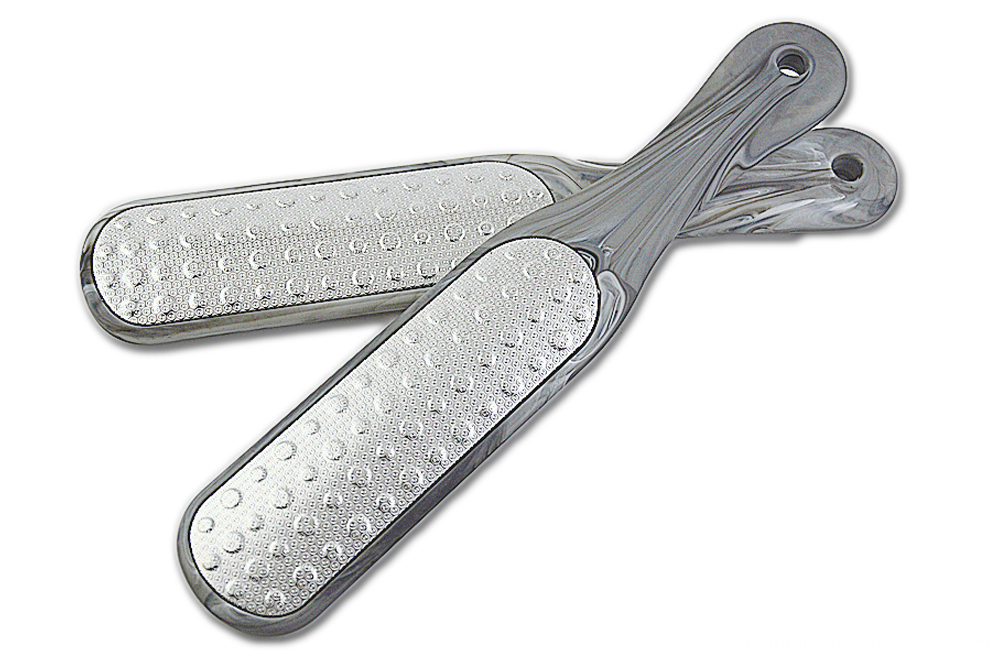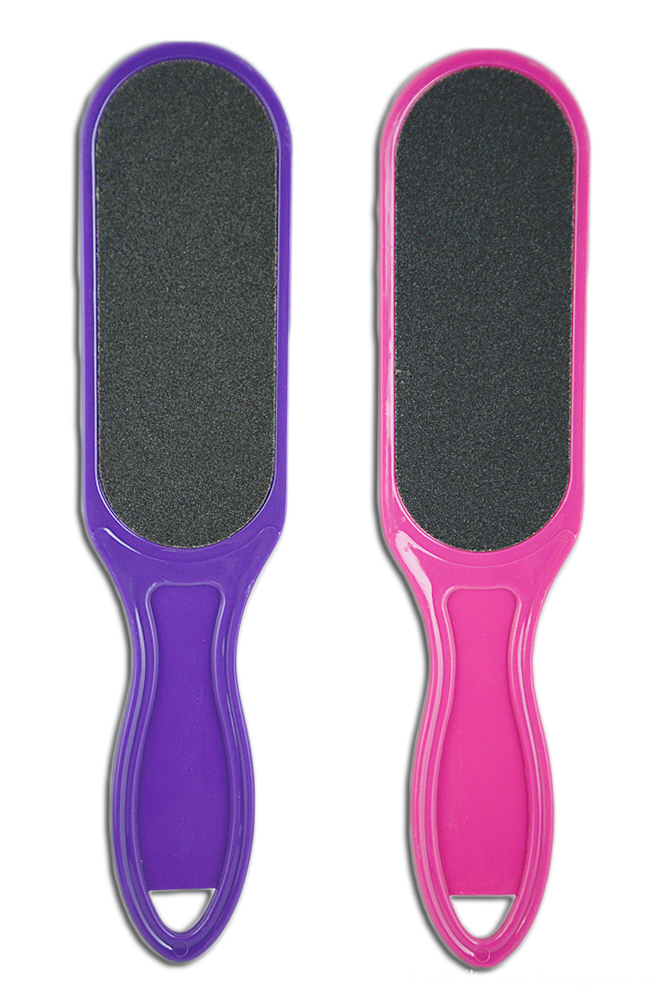This kit can only be used for scientific research, not for medical diagnosis.
Rabbit Type I Collagen (Col I) Quantitative Detection Kit (ELISA)
user's Guide
[Rabbit I collagen (Col I) Elisa kit kit name]
Rabbit Type I Collagen (Col I) Quantitative Detection Kit (ELISA)
[Rabbit I collagen (Col I) Elisa kit kit use]
Quantitative detection of type I collagen (Col I) in rabbit serum, plasma and related liquid samples.
[Rabbit I collagen (Col I) Elisa kit detection principle]
This kit uses double-antibody two-step sandwich enzyme-linked immunosorbent assay (ELISA). Add the standard and the test sample to the pre-coated rabbit type I collagen (Col I) monoclonal antibody transparent enzyme label coated plate. After incubating for a sufficient time, wash to remove unbound components, and then add the enzyme label working solution After sufficient incubation time, wash to remove unbound components. Substrates A and B were added in sequence, and the substrate (TMB) was converted into a blue product catalyzed by horseradish peroxidase (HRP), which turned yellow under the action of acid. (Col I) concentration is positively correlated, and the OD value is measured at a wavelength of 450 nm. Based on the OD value of the standard and the sample, the content of rabbit type I collagen (Col I) in the sample is calculated.
[Composition of Elisa kit for rabbit type I collagen (Col I)]
1
Enzyme coated plate
12 holes × 8
7
Developer A liquid
6mL
2
Standard
0.3mL × 6 tubes
8
Developer B liquid
6mL
3
20 times concentrated washing liquid
25mL
9
Stop solution
6mL
4
Sample diluent
6mL
10
Instructions
1 serving
5
Special diluent
6mL
11
Sealing film
2 sheets
6
Enzyme reagent
6mL
12
sealed bag
1
Remarks: The concentration of standard products (No. 1 → No. 6) is: 8, 4, 2, 1, 0.5, 0.25 μg / L.
ã€Reagents and equipment not needed by rabbit I collagen (Col I) Elisa kit】
1. 37 ℃ thermostat
2. Standard specification microplate reader
3. Precision pipettes and disposable tips
4. Distilled water
5. Disposable test tubes
6. Absorbent paper
ã€Procedures for Rabbit I Collagen I (Col I) Elisa Kit】
1. Preparation: Remove the reagent kit from the refrigerator and re-equilibrate at room temperature for 30 minutes.
2. Mixing solution: dilute the 20-fold concentrated washing solution with distilled water to the original one.
3. Add standard products and samples to be tested: take a sufficient number of enzyme-coated plates and fix them to the frame. Set up standard wells, sample wells to be tested and blank control wells, record the positions of each well in the standard wells. Add 50μL of standard product; first add 10μL of the sample to be tested, then add 40μL of sample diluent (that is, the sample is diluted 5 times); the blank control well is not added.
4. Incubation: Incubate in a 37 ° C water bath or thermostat for 30 minutes.
5. Wash the plate: discard the liquid, pat dry on the absorbent paper, fill each well with the washing liquid, let stand for 1min, shake off the washing liquid, pat dry on the absorbent paper, repeat the washing plate 4 times (you can also use the washing machine to press Instructions for washing the board).
6. Add enzyme-labeled working solution: add 50μL of enzyme-labeled working solution to each well, without adding blank control wells.
7. Incubation: Incubate in a 37 ° C water bath or thermostat for 30 minutes.
8. Plate washing: Discard the liquid, pat dry on the absorbent paper, fill each hole with the washing liquid, let stand for 1min, shake off the washing liquid, pat dry on the absorbent paper, repeat the plate washing 4 times (you can also use the washing machine to press Instructions for washing the board).
9. Color development: add 50μL of developer A solution to each well, and then add 50μL of developer B solution. Mix with a plate mixer for 30s (or shake gently by hand for 30s), and avoid color development at 37 ℃ for 15min .
10. Termination: Remove the enzyme labeling plate and add 50μL of stop solution to each well to stop the reaction (the color changes from blue to yellow).
11. Determination: Zero the blank holes, and within 15 minutes after termination, measure the absorbance (OD value) of each well with a wavelength of 450 nm.
12. Calculation: According to the concentration of the standard product and the corresponding OD value, calculate the linear regression equation of the standard curve, and then calculate the corresponding sample concentration on the regression equation according to the OD value of the sample. You can also use various application software to Calculation. The final concentration is the actual measured concentration times the dilution factor.
[Rabbit I collagen (Col I) Elisa kit sample requirements]
1. The sample cannot contain sodium azide (NaN3) because sodium azide (NaN3) is an inhibitor of horseradish peroxidase (HRP).
2. The specimen should be extracted as soon as possible after collection. The extraction should be carried out according to relevant literature. The experiment should be carried out as soon as possible after extraction. If the test cannot be performed immediately, the specimen can be stored at -20 ℃, but repeated freezing and thawing should be avoided.
3. The sample should be fully centrifuged, without hemolysis and particles.
[Precautions for Rabbit I Collagen I (Col I) Elisa Kit]
1. The experiment is carried out in strict accordance with the instructions, and the result of the experiment must be determined by the reading of the microplate reader.
2. If the enzyme-labeled coated board is not used up after opening, it should be put into a sealed bag and added with desiccant immediately.
3. It is recommended that all standards, samples and blank controls be tested in duplicate, and the average value is taken to reduce the experimental error.
4. Keep in mind that the sample has been diluted 5 times. The calculation result is multiplied by 5 to obtain the actual concentration of the sample.
5. The quantitative range of this kit is 0.25-8μg / L. If it exceeds this range, it is calculated by the extension of the standard curve. ), Multiplied by the total dilution factor is the final concentration of the sample.
6. If the color is too light, the substrate incubation time can be extended properly.
7. In order to avoid cross-contamination, the tips, samples and blank controls should be replaced with a new one for each addition; the common components such as enzyme working solution, sample diluent and substrate should be cantilevered, and they should not touch the microwells. ; Do not reuse the sealing film.
8. The kits are used within the warranty period, and different batches of reagents should not be mixed.
9. Substrate B is sensitive to light and avoid prolonged exposure to light.
[Rabbit Type I Collagen (Col I) Elisa Kit Operation Procedure Summary]
Prepare reagents, samples and standards
Add prepared samples and standards, and react at 37 ℃ for 30 minutes
Wash the plate 4 times, add the enzyme reagent, and react at 37 ℃ for 30 minutes
Wash the plate 4 times, add color developing solutions A and B, and develop at 37 ℃ for 15 minutes
Add stop solution
Read OD value within 15 minutes
Calculation
[Rabbit I collagen (Col I) Elisa kit detection range]
0.25μg / L-8μg / L
[Rabbit I collagen (Col I) Elisa kit specifications]
96 servings / box
ã€Storage of Rabbit I Collagen I (Col I) Elisa Kit】
Store at 2-8 ℃, protected from light and moisture.
[Rabbit Type I (Col I) Elisa kit expiration date]
6 months
A Foot File is a file which is specifically designed to be used on the feet. Foot files are used to remove calluses and smooth the skin of the feet, and some people regard them as an important part of foot care. Regular use of a foot file can help to keep the feet smooth and pleasant, and it can reduce discomfort from oversized calluses.
Rough foot files can be made from metal or sandpaper. Metal foot files are used to essentially grate calluses away, and they require a delicate touch to ensure that excessive tissue is not removed from the foot. Sandpaper or emery files require less care, but they take up more time, as the course material works more slowly than a microplaning foot file. Fine files made from textured glass or very fine emery paper are designed for finishing touches only, as they are far too fine for serious calluses.


Foot File
Pedicure Tools,Foot File,Foot Files For Feet,Stainless Steel Foot File,Dead Skin Remover,Remove Dead Skin From Feet
YANGJIANG HUIHUI BEAUTY TOOLS CO.,LTD , https://www.yjhuihuibeauty.com